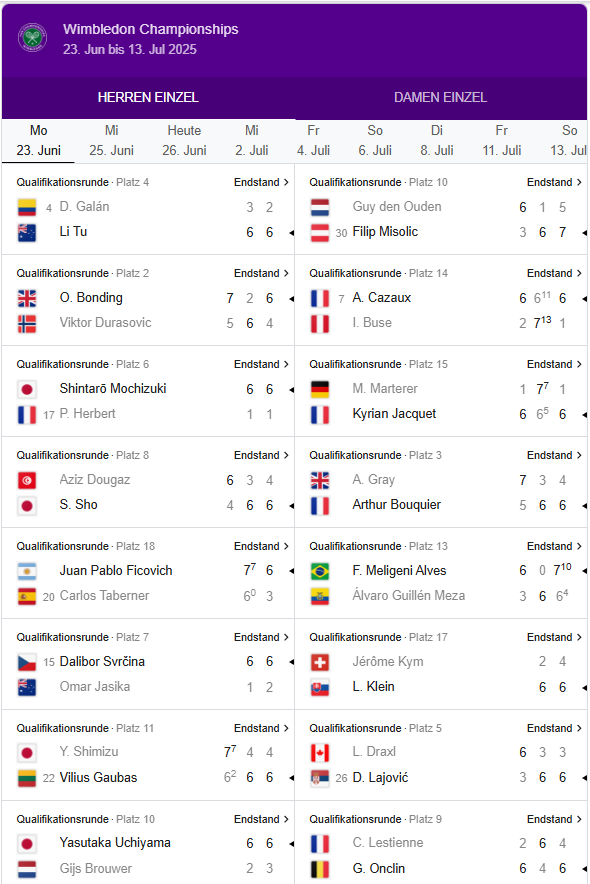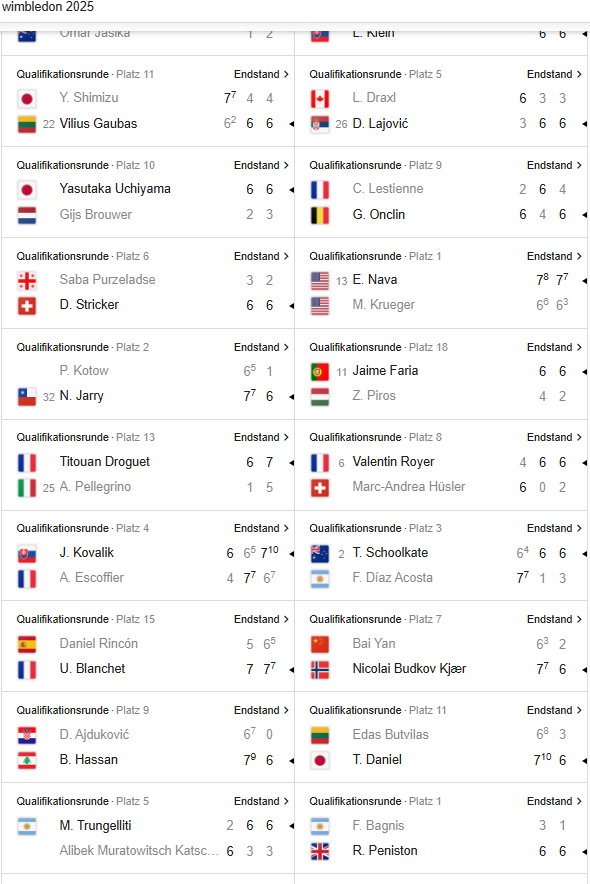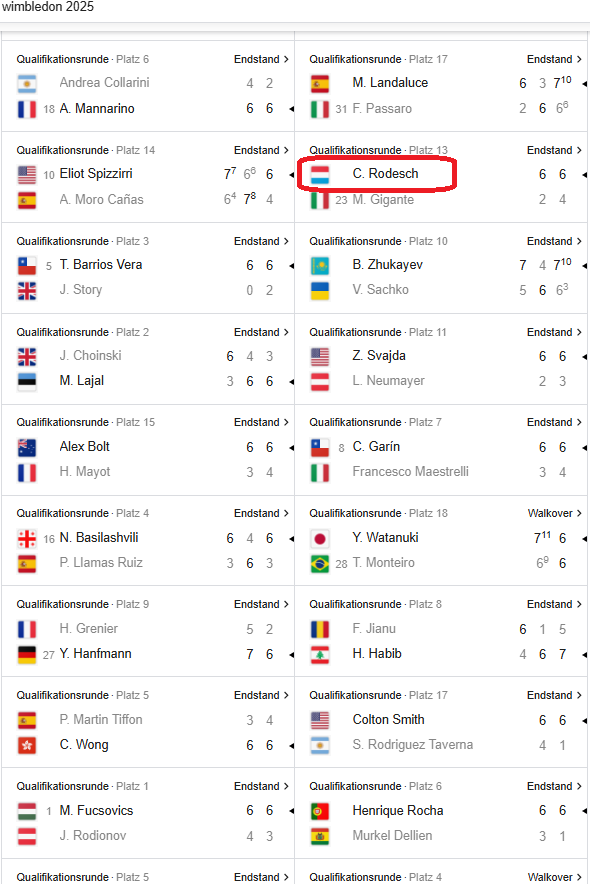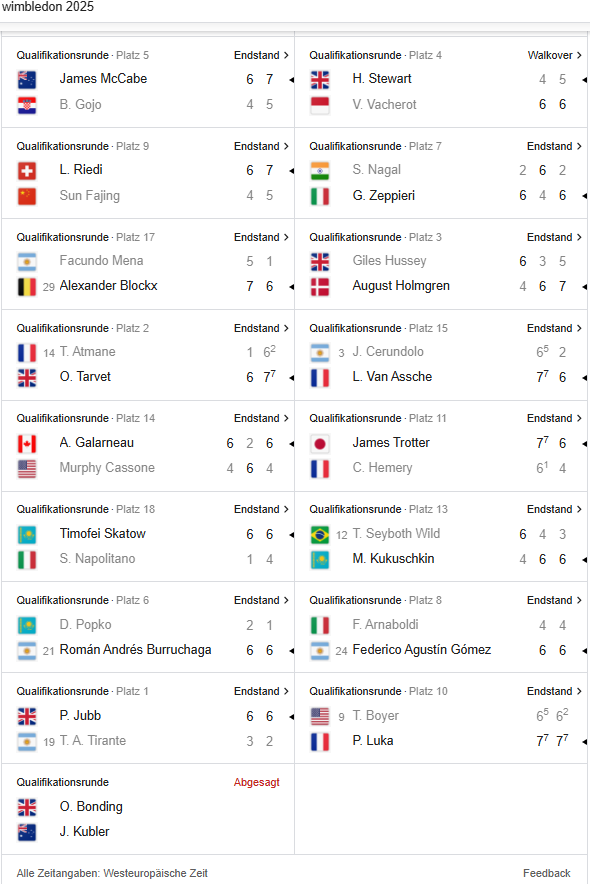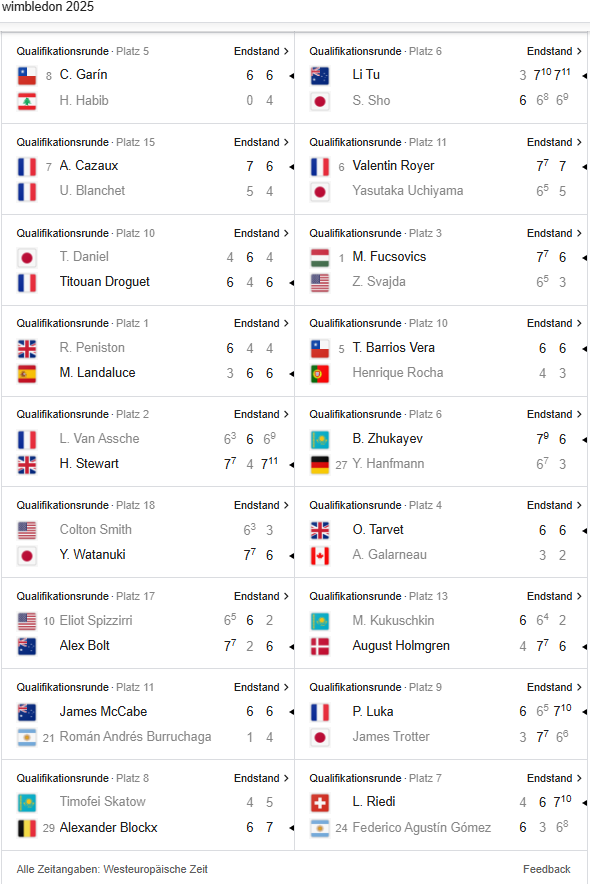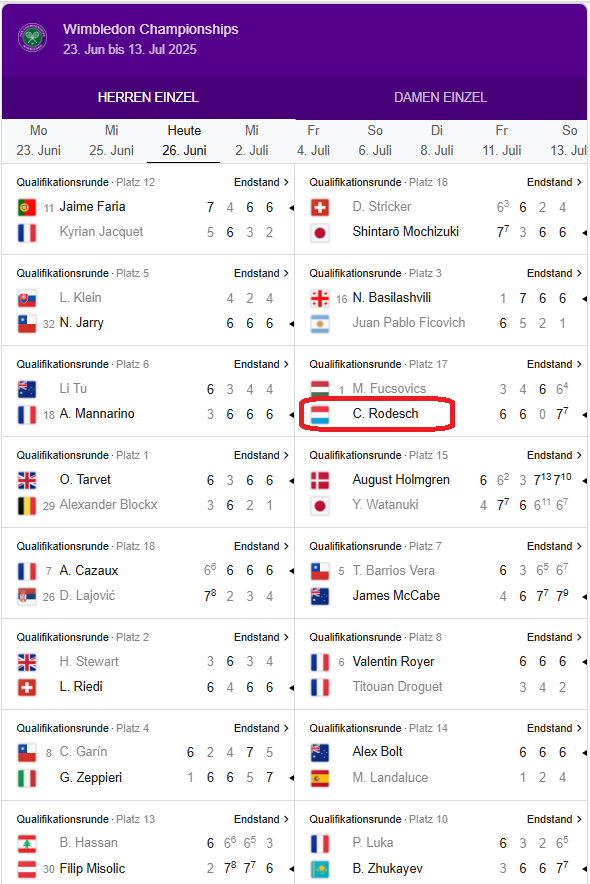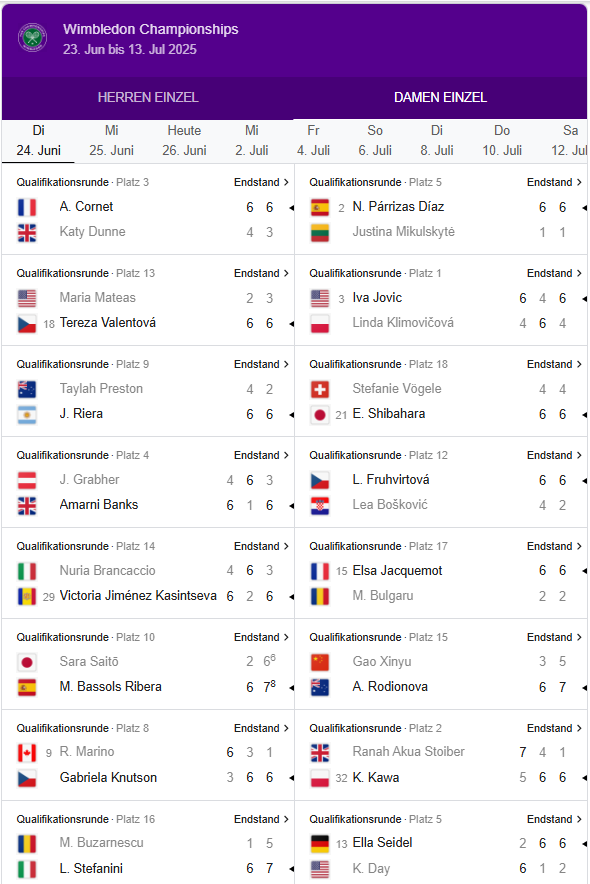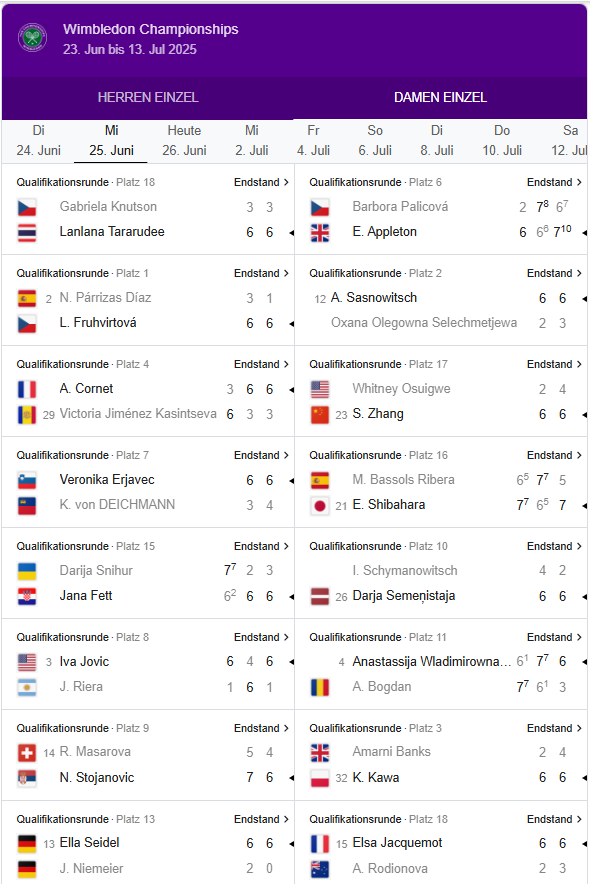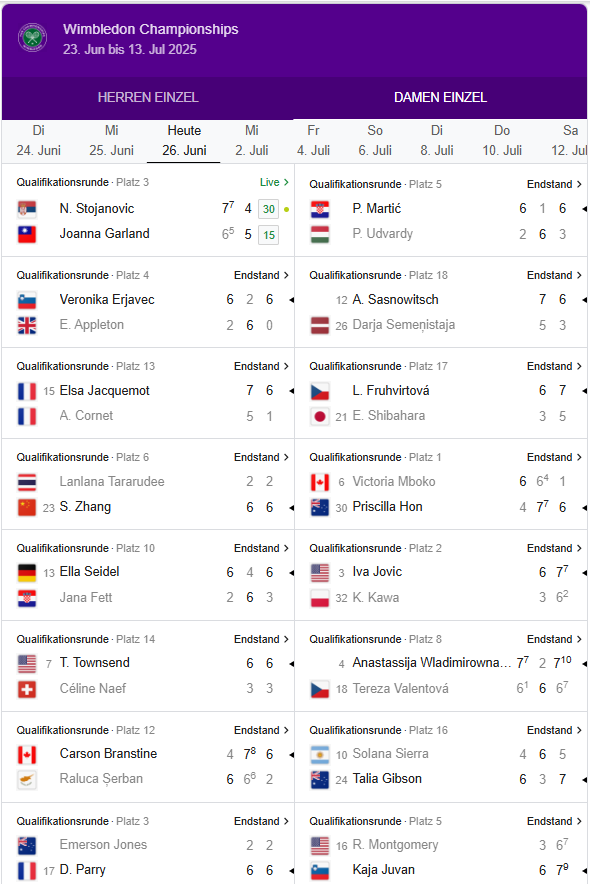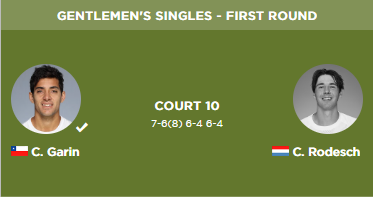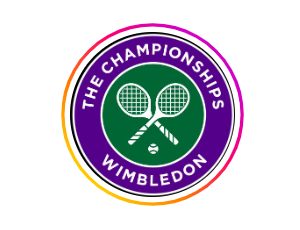Wimbledon, England 30 June – 13 July 2025 (Quali: 23 June to 26 June)
Source: https://www.wimbledon.com/index.html and https://www.instagram.com/wimbledon/
Wimbledon, often simply referred to as “The Championships,” holds the distinction of being the oldest and arguably most prestigious tennis tournament in the world. Its rich history dates back to 1877, when the All England Croquet and Lawn Tennis Club (now the All England Lawn Tennis and Croquet Club) first held a lawn tennis championship.
Early Years and Development (1877 – early 20th century):
- Inception (1877): The inaugural tournament was held on July 9, 1877, featuring only a Gentlemen’s Singles event. Spencer Gore became the first Wimbledon champion, defeating William Marshall in the final. The rules were adapted from those established by the Marylebone Cricket Club.
- Expansion of Events: The Ladies’ Singles and Gentlemen’s Doubles competitions were introduced in 1884. The Ladies’ Doubles and Mixed Doubles followed in 1913.
- Growing Popularity: Initially, the tournament was a more modest affair, but its popularity grew steadily. By 1884, spectator numbers had risen from a few hundred to around 3,000.
- Relocation: The club moved from its original Worple Road site to its current, larger location at Church Road in 1922 to accommodate increasing demand and facilitate the construction of the iconic Centre Court.
The Open Era and Modernization (1968 – Present):
- Amateur vs. Professional: For much of its history, Wimbledon was strictly for amateur players. However, this changed significantly with the advent of the Open Era in 1968, which allowed professional tennis players to compete. This led to a dramatic increase in the level of competition and the sport’s global appeal.
- Technological Advancements: Wimbledon has embraced modern technology while maintaining its traditions. This includes:
- Colour Television Broadcasts: The tournament was first broadcast in colour in 1967.
- Retractable Roofs: A significant addition was the retractable roof over Centre Court in 2009, allowing play to continue during rain. A roof was also added to No. 1 Court.
- Ball-tracking technology and other innovations have been integrated to enhance accuracy and spectator experience.
- Impact of World Wars: The tournament was suspended during both World War I (1915-1918) and World War II (1940-1945). The 2020 edition was canceled due to the COVID-19 pandemic.
Key Traditions and Unique Aspects:
Wimbledon is renowned for its steadfast adherence to traditions that set it apart from other Grand Slams:
- Grass Courts: It remains the only Grand Slam played on grass, the original surface of tennis, which provides a fast-paced game.
- All-White Dress Code: Players are required to wear almost entirely white attire.
- Royal Patronage: The tournament enjoys strong ties with the British Royal Family, with members often attending matches in the Royal Box.
- Strawberries and Cream: This iconic dessert has been a staple for spectators since the very first tournament.
- “The Queue”: Fans famously queue for hours, sometimes overnight, to purchase tickets on the day of play.
Notable Figures and Champions:
Over its long history, Wimbledon has seen countless legendary players grace its courts. Some of the most successful and iconic champions include:
- Men’s Singles: Roger Federer (8 titles), Novak Djokovic (7 titles), Pete Sampras (7 titles), Björn Borg (5 titles), William Renshaw (7 titles in the amateur era), Fred Perry (the last British man to win before Andy Murray).
- Women’s Singles: Martina Navratilova (9 titles), Serena Williams (7 titles), Steffi Graf (7 titles), Billie Jean King (6 titles), Suzanne Lenglen, Maureen Connolly, Venus Williams.
Wimbledon’s history is a blend of sporting evolution and cherished tradition, making it a truly unique and enduring event in the world of tennis.
